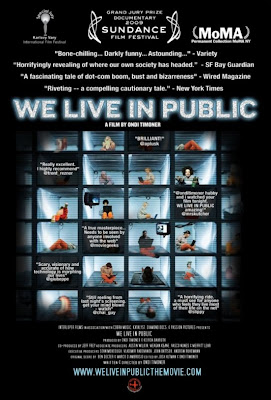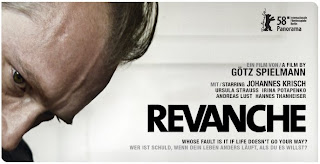
For today's blog we have invited Blyth Renate Meier, Producer of "Changing The Conversation: America's Gun Violence Epidemic," to interview the Director Janet Fitch.
Blyth Renate Meier, Producer: How did you get involved in the gun violence issue?
Janet Fitch, Director and Executive Producer:
I've always been active in the Milwaukee community, and when I heard some women friends were heading to the Million Mom March for sensible gun laws in Washington, DC, I knew I wanted to get a crew together to document it. The people I met on that journey and the stories they told me inspired me to dig deeper on this issue and explore it through local, national and state lenses. That was in 2000, and this film completes the 3-part Guns, Grief and Grace in America series. Midway through the process I learned about the concept of reframing discussion to a public health focus on prevention, and from that point on, I've remained extremely optimistic about that possibility.
BRM: What makes you think this kind of massive shift can be made in the public mindset?
JF: When compared with the current conversation - who can argue against this? I really believe people will want to be engaged with a common sense, non-political approach based on medical facts. I am also hopeful because in Milwaukee we have a broad coalition of people working to change this conversation. Across race, age, class and gender, people are beginning to come together to ask what they can do about this problem. Hope expands with this fresh, non-polarized approach so everyone can take their own next steps to further the discussion, and find solutions.
Janet Fitch & Blyth Renate Meier will be in attendance at the 9/30 screening of Changing the Conversation: America’s Gun Violence Epidemic at 7:30pm at the North Shore Cinema.


















